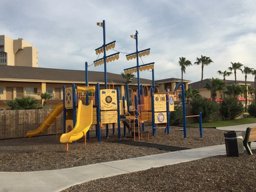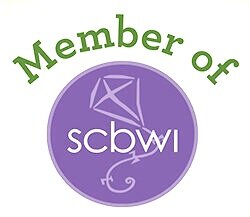Well, an awful lot! Today we will focus on a couple things teachers watch for when supervising the playground and what they do with that information, because sometimes parents wonder what teachers are thinking!
It can be hard to tell when to intervene in preschooler play. First and foremost safety is always a consideration. Beyond that, it can get a little tricky.
Today’s topic is about conflict on the playground. Adults tend to want everyone to be nice to each other all the times. Generally speaking that is not only an expectation that will never be met, but also it does not allow for the children to respond and grow socially. Children learn through conflict. If there are no issues on the playground, nothing is learned socially. In preschool these conflicts are what teachers look for so we can help children learn how to problem solve, stand up for themselves, and develop empathy. The world has a lot of social rules and the only way to learn them is through practice. A safe preschool environment is where we want children to have issues and learn to work through them.
Although good supervision on the preschool playground is a must, adult intervention is not always a good thing. Professional preschool teachers do intervene, but they also stand back, watch, and listen to see if the children involved in conflict can come up with a solution that works for everyone involved on there own. If that is clearly not going to happen a teacher may ask a question or make a suggestion to help one child see the other child’s point of view. Remember the solution needs to work for the children’s sense of fairness, not necessarily the adult’s.
Often teachers note these moments and then bring up a discussion at circle time that ties into the general type of conflict so children can think about what to do when similar situations happen again. This week I spoke with some preschoolers about “kindness and respect” at morning circle. Really I let them tell me what those words meant to them the first day. Later that day a child accidently hit another child with a card. The next day at circle time I mentioned “kindness and respect” again. The children started a discussion about being careful with their bodies and with toys.
One child said, “Yesterday I hit someone with a card.”
The child sitting next to him said, “Yeah, that was me.”
I said, “What did you do.” (to the first child)
He said, “I asked if she was okay and if I could help.”
The second child said, “yup.”
They both smiled and nodded yes.
This little exchange really helped these to friends. They both felt heard and it was a good example of how to handle this situation. Just for the record I was standing next to the two children on the previous day when the accident happened so I knew for sure that their exchange was exactly what happened.
To sum up; It pays to be patient before intervening, most social issues take practice, which often requires adults being uncomfortable as children try to work things out, and it is good to have indirect discussions so children can process events and practice solutions at a time when they are not in distress. The ultimate goal is for children to be able to successfully solve social problems even when an adult is not there.
PAMELA EVANS
The Preschool Parent Blog
Conflict resolution. What happens on the Preschool Playground?


